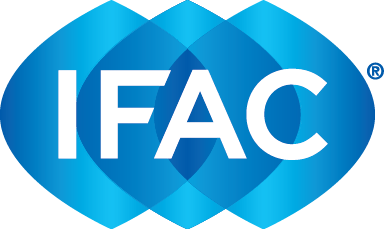Large parts of today’s financial statements are based on accounting estimates. Some of which are relatively simple, such as a depreciation of tangible fixed assets, while others are very complex, such as insurance contract liabilities and expected credit losses.
Over the last decade, evolving financial reporting frameworks required the use of more complex accounting estimates as the basis for recognition or measurement, or require accounting estimates to be disclosed in the financial statement. For example, IFRS 9, Financial Instruments, and other financial reporting standards require use of forward looking information, including information regarding economic conditions external to the entity, in measuring accounting estimates.
IAASB Issues Exposure Draft
As a response to the evolving financial reporting frameworks and the changing business environment, the International Auditing and Assurance Standards Board (IAASB) is revising extant International Standard on Auditing (ISA) 540 on auditing accounting estimates.
Following extensive outreach and consultation with regulators, practitioners, including those who audit small-, medium-, and large-sized businesses, and other stakeholders, the IAASB issued an exposure draft to address these issues. Proposed ISA 540 (Revised), Auditing Accounting Estimates and Related Disclosures, significantly changes how auditors evaluate accounting estimates and related disclosures. Auditors will now have to sharpen their focus on risks of material misstatements arising from accounting estimates, and address those risks with more granular audit evidence requirements. Many audits will change under this proposed new standard but particularly audits of financial institutions, such as banks and insurers, given the recent shift to accounting for expected credit losses.
Proposed Changes
The proposed standard:
- Enhances requirements for risk assessment procedures to include specific factors related to accounting estimates, namely complexity, judgment, and estimation uncertainty.
- Sets a more detailed expectation for the auditor’s response to the identified risk of material misstatement. The auditor is required, for inherent risk that is not low, to design further audit procedures to obtain audit evidence about matters relating to complexity, judgment, or estimation uncertainty. When addressing accounting estimates with a low inherent risk, the auditor is required to determine whether one or more specific further audit procedures may provide sufficient appropriate audit evidence in the circumstances.
- Contains several key provisions that are designed to enhance the auditor’s application of professional skepticism and consideration of the potential for management bias, including enhanced risk assessment requirements, more granular requirements with respect to obtaining audit evidence, and requirements to “stand back” and evaluate the audit evidence obtained.
- Is scalable regardless of the size or sector of the business or audit firm, as the standard requires a different work effort based on the assessed risk of material misstatement.
- Focusses on the use of models, management bias, and disclosures, including dealing with circumstances when there is a wide range of reasonable outcomes of the accounting estimate.
In addition, many entities use external information sources to make accounting estimates, for example, to value financial instruments. Therefore, the IAASB proposed conforming amendments to ISA 500, Audit Evidence, to address external information sources.
To improve consistent understanding of the proposed changes, the IAASB published a flow chart clarifying the inter-relationship of the new requirements.
Proposed ISA 540 (Revised) is open for public comment until August 1, 2017. The IAASB invites all stakeholders to comment on the Exposure Draft via the IAASB website.

